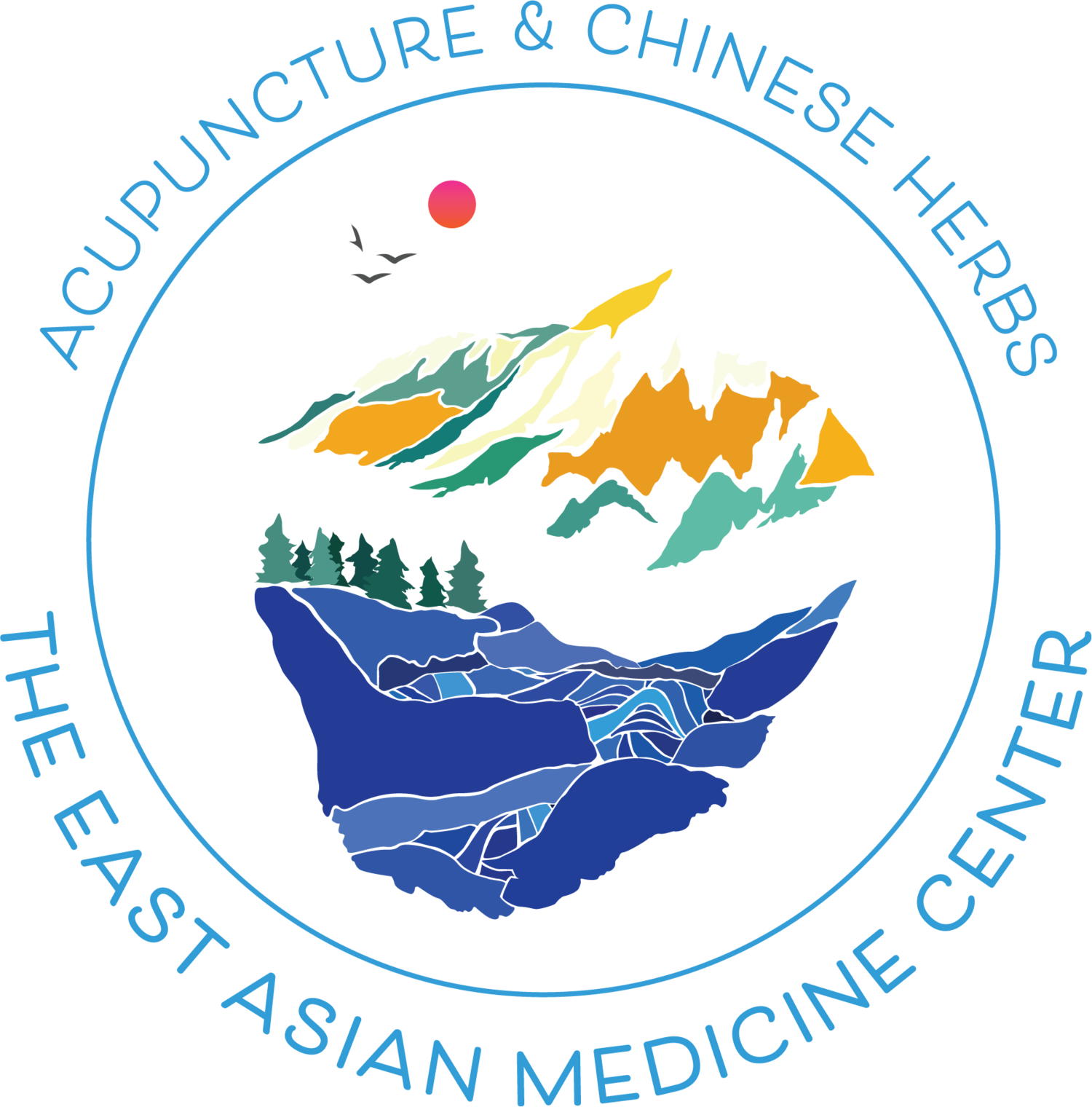Acupuncture and Other Services
East Asian Medicine originated over 3,000 years ago and is rooted in the diverse cultures of Asia, each with it’s own heritage, culture, and interpretation. East Asian Medicine has changed over time as all things evolve, though in the past century there have been strong governmental efforts to systematize and modernize the medicine. This has led to it’s international acclaim and desire for people of different backgrounds to study this medicine. Acupuncture has gained the most recognition in the modern world. However, there are many other therapies and techniques. There are five traditional branches: acupuncture, herbology, Tuina Chinese medical massage, energetics qi gong and tai chi, and dietetics nutritional medicine. Each therapy can be used alone or in combination based on the condition. We love talking about this medicine, translating this medicine and making it accessible for people to learn. Here are some brief descriptions of the techniques though we will continue to discuss them and further understand them throughout our treatments together.
Needling of the Supraspinatus Muscle.
Acupuncture
Acupuncture is a technique where hair-thin, sterile, single-use disposable stainless steel needles are inserted at specific points in the body to correct various ailments and normalize the body’s physiological processes. The insertion of an acupuncture needle will communicate with the central and peripheral nervous systems causing the release of natural pain-killing substances and hormones as well as stimulating the heart and blood vessels to dilate, delivering oxygen-rich blood, vital nutrients and immune cells to the sick areas of the body. Acupuncture not only treats illness, but can also prevent disease and help build the immune system. It can help increase energy, preserve youth and promote longevity. Its actions are regulatory, encouraging the body to make natural changes from within.
Chinese herb market
Chinese Herbal Medicine
Chinese herbal medicine is a sophisticated treatment modality, used alone or in combination with acupuncture. Based on tongue, pulse, and an extensive intake, the practitioner will prescribe a custom formula for each individual patient. Formulas range from one to twenty herbs, and more than five hundred herbs are commonly used. Herbs are made up of mostly plant parts, flowers, roots, stems, and leaves, as well as minerals and non-endangered animals, today. Herbal medicine is given as pills, powders, alcohol tinctures, herbal packs or patches. It is incredibly effective for treating acute and chronic conditions with little to no side effects. The formulas target the underlying root of the problem as well as the branch and help change the environment of the body so the symptoms don’t reoccur.
Fire Cupping
Cupping
Cupping is a therapy in which heated glass cups are applied to the skin along the meridians of the body, creating suction as a way of stimulating the flow of energy (Qi) and blood. There is retention cupping: to help pull toxins from the skin, eliminate pathogens, and stimulate acupuncture points. We also use sliding cupping: a stronger technique to reduce muscle tension; a bit like an inverse massage. Rather than applying pressure to muscles, the suction uses pressure to pull skin, fascia, tissue and muscle upward, helping to break up adhesive tissue and muscle fibers.
Tui Na Rolling Technique
Tuina Bodywork
Tui Na is a form of bodywork that has been used in China for centuries. ‘Tui' meaning to push and 'Na' meaning to grasp. A combination of massage, acupressure, and other forms of body manipulation, tui na works by applying pressure to acupoints, meridians and groups of muscles or nerves to remove blockages that prevent the free flow of qi. Removing these blockages restores the balance of qi in the body, leading to improved health and vitality. We also use Shiatsu, a form of Japanese manipulative therapy incorporating techniques of anma (Japanese traditional massage), acupressure, stretching and Western massage styles.
Needle-Top Moxa
Moxibustion
Moxibustion, or Moxa, is an Oriental Medicine technique that involves the burning of Artemisia Vulgaris (or mugwort; a small spongy herb) to facilitate healing. Moxa has been used throughout Asia for thousands of years. In fact, the Chinese character for acupuncture, translated literally means: "acupuncture-moxibustion". The purpose of moxibustion, as with most forms of traditional Chinese Medicine, is to strengthen the blood, stimulate the flow of Qi, and maintain general health. It is used on top of needles (pictured below) or directly on the skin.
Gua Sha Technique
Gua Sha
Using a jade stone, spoon, plastic or stainless steel tool, the skin is scraped to improve blood circulation, release various pathogens from the body, and reduce pain. Gua Sha is used to treat as well as prevent the common cold, flu, bronchitis, asthma, and pain both acute and chronic. It is also used to detoxify the body and reduce fever as the scraping brings the excess heat and toxins to the surface of the body to be released. Gua Sha is the precursor to the modern Graston technique, and is effective for decreasing pain due to excessively tight muscles and helps improve range of motion.
Dumplings being made in Yunnan Province, China
Nutritional support
Chinese medicine values the importance of digestive fire. Digestive fire allows our bodies to properly digest food without the feeling of heaviness, bloating, and discomfort. In order to maintain that inner strength, we must eat appropriately and feed ourselves food that is medicine for our bodies. At the heart of the approach is three cooked regular meals a day. However, depending on the seasons, the patients underlying constitution, and the condition they are working with, nutritional support will vary.



